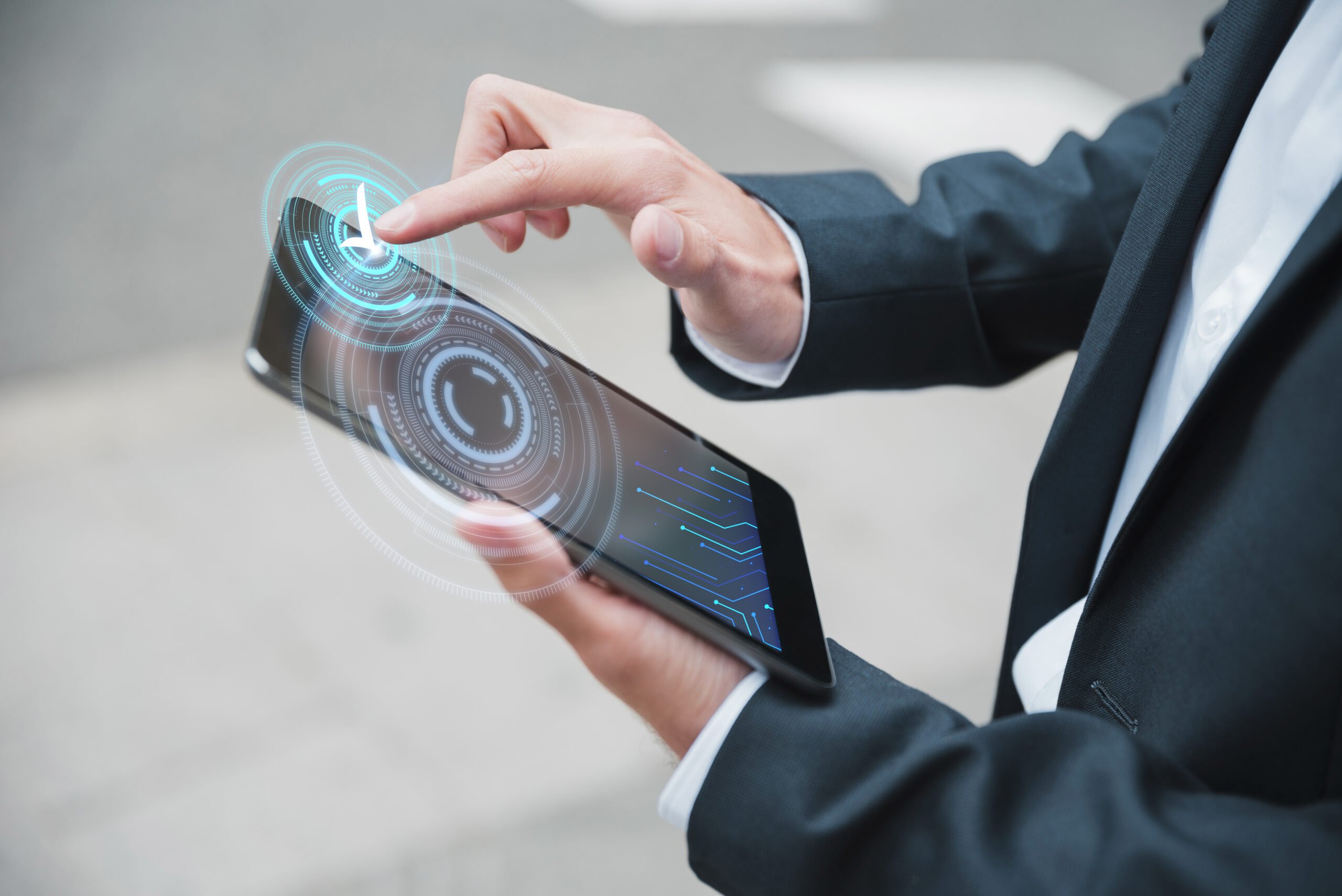The future of the retail sector will be shaped by various technology trends that enhance the customer experience, improve operational efficiency, and drive sales. These trends reflect the ongoing digital transformation of the retail industry and highlight the technologies and strategies that will shape the future of retail. In this blog post, we have explored some of the most impactful trends and their implications for the industry.
BRIDGING THE GAP BETWEEN ONLINE AND OFFLINE SHOPPING EXPERIENCES
To ensure seamless integration between online and offline sales, retail businesses need to implement point-of-sale (POS) systems that can handle both types of transactions. The system should be able to update the store’s sales floor quantity in the database when a product is ordered online and adjust inventory accordingly. This requires a unified and connected system that integrates online and offline transactions, inventory, and promotions. Retailers can merge the online and offline shopping experience by using technology such as augmented reality try-ons, in-store kiosks, and personalised product recommendations based on online browsing history.
SIMPLIFYING STORE NAVIGATION WITH INDOOR POSITIONING
Indoor positioning systems (IPS) can help customers navigate through stores and find the items they need. By using technologies like visual markers, Bluetooth beacons, Wi-Fi RTT, or ultra-wideband (UWB), customers can use their smartphones to access maps that guide them to the desired products. IPS systems also provide valuable data on customer traffic, preferences, and item tracking, which can be used to improve store layout, targeted suggestions, and inventory management.
PERSONALISATION THROUGHOUT THE CUSTOMER JOURNEY
One-size-fits-all approaches are no longer sufficient in today’s retail landscape. Consumers crave personalised experiences that resonate with their unique preferences. Retailers are utilising data analytics and AI-powered algorithms to gather insights and deliver customised recommendations at various touch points along the customer journey. From targeted marketing campaigns to tailored product suggestions, personalisation creates a sense of exclusivity and enhances customer satisfaction and loyalty.
CHATBOTS AND VOICE COMMERCE
Natural Language Processing (NLP) advancements have made voice assistants and chatbots valuable tools for retail. Voice assistants can help customers find products and make purchases, while chatbots provide real-time customer service.
SMART LABELS
Smart labels with dynamic pricing capabilities can provide real-time information on stock levels and enable retailers to optimise pricing and reduce waste. They can also display product information beyond price.
CONSCIOUS CONSUMERS DRIVE ETHICAL AND SUSTAINABLE PRACTICES
In an era of increased awareness and concern for the environment and social responsibility, consumers are seeking out retailers that align with their values. Retailers must adapt to this trend by incorporating ethical and sustainable practices into their operations. Technology plays a crucial role in achieving this, enabling retailers to track and optimise their supply chains, reduce waste, and implement environmentally friendly processes. By demonstrating transparency and accountability, retailers can build trust and loyalty among conscious consumers.
AR, VR, AND THE METAVERSE ENHANCE EXPERIENTIAL SHOPPING
Augmented reality (AR), virtual reality (VR), and the concept of the metaverse are revolutionising the way customers interact with retailers. AR technology allows customers to visualise products in real-world settings, enhancing the decision-making process. VR takes this a step further by immersing customers in virtual environments, enabling them to explore products and services in a unique and engaging way. The metaverse, an interconnected virtual space, is becoming a new channel for retailers to connect with customers and provide immersive shopping experiences. From virtual fitting rooms to interactive product demonstrations, these technologies elevate the retail experience and foster deeper customer engagement.
SUPPLY CHAIN DIGITISATION
Digitising the supply chain is another important trend for retailers. Technologies like blockchain, the Internet of Things (IoT), and cloud computing can improve supply chain visibility, traceability, and efficiency. Retailers should consider implementing these technologies to streamline operations, reduce costs, and enhance customer satisfaction.
ROBOTS AND AUTOMATION IN RETAIL
Automation technologies such as robotics and artificial intelligence are streamlining various aspects of the retail industry. Robots can assist with inventory management, shelf restocking, and order fulfilment, reducing labour costs and improving operational efficiency. Automated checkout systems and self-service kiosks provide a quicker and smoother shopping experience. These technologies free up human employees to focus on more value-added tasks, such as providing personalised customer service.
CASHLESS, CONTACTLESS, AND AUTONOMOUS SOLUTIONS
Smartphones have fueled the rise of mobile commerce, allowing customers to shop anytime and anywhere, leading to the widespread adoption of cashless and contactless payment methods. From mobile wallets and applications to contactless cards, retailers are providing secure and seamless transactions that align with the preferences of modern consumers. Additionally, autonomous solutions are transforming the last mile of the retail experience. Retailers are implementing innovative approaches such as buy-online-pickup-in-store (BOPIS) and autonomous delivery services. Powered by artificial intelligence and advanced analytics, these solutions optimise inventory management, reduce costs, and enhance the overall customer experience.
As the retail industry continues to evolve, technology remains at the forefront of innovation. Hybrid and omnichannel customer journeys, conscious consumerism, personalised experiences, AR/VR technologies, and cashless/contactless solutions are reshaping the retail landscape. Retailers must invest in innovative solutions, build agile infrastructures, and prioritise customer-centric strategies to meet the changing demands of consumers. In the future, we can expect to see further integration of these technologies, as well as the emergence of new ones.


